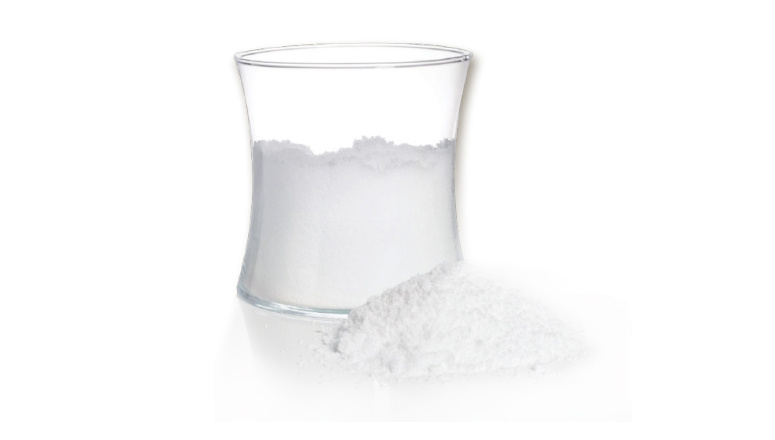Hpmc Machine Sprayed Mortar Additives
As the construction industry faces challenges such as labor shortages and the need for faster project timelines, the integration of HPMC machine-sprayed mortar additives has emerged as a game changer. This article delves into the nuances of HPMC, its advantages, diverse applications, and its potential to revolutionize the construction landscape.

Understanding HPMC: What It Is and How It Works
HPMC is a non-ionic, water-soluble polymer derived from cellulose, a natural polymer found in plant cell walls. This compound boasts several remarkable characteristics, making it highly suitable for use in construction materials:
1. Thickening Agent: HPMC acts as a thickening agent, improving the viscosity of mortar mixtures, which enhances workability without compromising flow properties.
2. Water Retention: One of the standout features of HPMC is its ability to retain water, ensuring that mortars remain workable for extended periods. This property is particularly beneficial in hot conditions or when working with absorbent substrates.
3. Adhesion Improvement: HPMC enhances the bonding strength between various substrates, making it ideal for applications where adhesion is critical.
4. Open Time Extension: The addition of HPMC prolongs the open time of mortar, allowing for better manipulation and application, which is especially advantageous in projects requiring meticulous finishing.
5. Stability in Harsh Conditions: HPMC maintains its performance in a variety of environmental conditions, contributing to the durability and longevity of construction projects.
Advantages of HPMC Machine Sprayed Mortar Additives
The incorporation of HPMC into machine-sprayed mortar offers several significant advantages:
Enhanced Workability
The improved viscosity and water retention properties of HPMC allow for easier handling and application of mortar. This is particularly beneficial for large-scale projects where efficiency is paramount.
Mortars enriched with HPMC exhibit superior adhesion and flexibility, reducing the likelihood of cracking and enhancing the lifespan of the structure.
Although HPMC may represent a slightly higher upfront cost compared to traditional additives, its long-term benefits—including reduced labor costs, fewer repairs, and enhanced durability—ultimately make it a cost-effective choice.
HPMC is derived from renewable resources, making it a more sustainable option compared to synthetic alternatives. Additionally, its performance enhancements can lead to reduced resource consumption in construction processes.
From residential buildings to large commercial projects, HPMC machine-sprayed mortar additives can be tailored to meet specific project requirements, making them suitable for a wide array of construction needs.
Applications of HPMC Machine Sprayed Mortar Additives in Construction
The versatility of HPMC machine-sprayed mortar additives allows for their application in various construction settings. Here are some notable examples:
Interior and Exterior Wall Finishing
HPMC additives are widely used in the production of mortars for both interior and exterior wall finishes, providing a smooth, durable surface that enhances aesthetic appeal.
Tile Adhesives
Mortars utilizing HPMC as an additive offer excellent adhesion properties, making them ideal for tile installation, which demands strong bonding to various substrates.
Render and Plaster Applications
In render and plaster applications, HPMC contributes to improved workability and open time, allowing for more precise application and finishing.
Repair Mortars
For repair applications, HPMC-enhanced mortars provide the necessary flexibility and adhesion to ensure long-lasting repairs, particularly in environments subject to movement and stress.
Precast Concrete Elements
HPMC is also employed in the production of precast concrete elements, where its properties help achieve consistent quality and durability.
HPMC vs. Other Mortar Additives: A Comparative Analysis
When evaluating different mortar additives, HPMC stands out for its unique combination of properties. Here’s how it compares to some common alternatives:
Polymer-Based Additives
While polymer-based additives provide excellent adhesion and flexibility, they often require specific handling and may not offer the same level of water retention as HPMC.
Cementitious Additives
Cementitious additives enhance the strength of mortar but may not provide the same level of workability and open time that HPMC does, making HPMC a favored choice in complex applications.
Synthetic Additives
Synthetic additives can enhance performance but often come with environmental concerns. HPMC offers a more sustainable solution without compromising quality.
The Future of HPMC in the Construction Industry
As the construction industry continues to embrace sustainable practices and innovative materials, the demand for HPMC machine-sprayed mortar additives is expected to grow. Ongoing research into cellulose-based materials promises to unlock new applications and enhance performance capabilities further.
Additionally, as builders seek solutions to improve efficiency and reduce costs, HPMC will likely become a standard component in modern construction practices. Its adaptability to various environmental conditions and compatibility with different substrates positions it as a future-centric choice for construction professionals.
The integration of HPMC machine-sprayed mortar additives into construction practices marks a significant advancement in the industry. With their unique properties, HPMC additives not only enhance the performance of mortar but also address the pressing need for sustainable and efficient building solutions. As we move forward, the continued evolution and application of HPMC will likely redefine the standards of quality and efficiency within the construction sector, paving the way for a more innovative and sustainable future. Embracing these advancements will ensure that construction professionals remain at the forefront of industry development, ultimately leading to improved project outcomes and client satisfaction.
Related News

